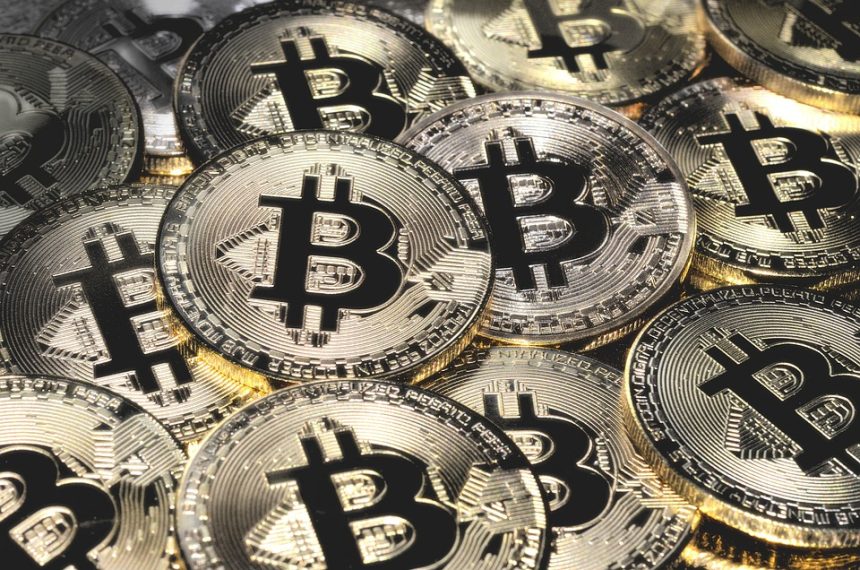The landscape of finance is evolving at an unprecedented pace, and at the forefront of this transformation is Decentralized Finance (DeFi). As traditional financial systems face challenges ranging from inefficiency to exclusion, DeFi presents a novel alternative that leverages blockchain technology to democratize financial services. This article explores the key trends shaping the future of DeFi, the opportunities it presents, and the challenges that must be navigated to ensure its sustainable growth.
Understanding DeFi
Decentralized Finance refers to a suite of financial services built on blockchain technology that allows users to conduct transactions without intermediaries like banks or brokers. Utilizing smart contracts, DeFi platforms enable users to borrow, lend, trade, and earn interest on their cryptocurrencies in an open-source environment. This innovation aims to eliminate barriers to entry and create a more inclusive financial ecosystem.
Current Trends in DeFi
1. Increasing Institutional Interest
The interest from institutional investors in DeFi is a significant indicator of its maturity. Major financial institutions are beginning to explore how DeFi tools can enhance liquidity management, risk pricing, and operational efficiencies. This trend is reflected in a growing number of DeFi platforms that offer institutional-grade solutions, thereby bridging the gap between traditional finance and DeFi.
2. Interoperability and Cross-Chain Solutions
As the DeFi landscape expands, the need for interoperability between various blockchain ecosystems is becoming more pronounced. Platforms that support cross-chain transactions allow users to transfer assets across different networks seamlessly. This trend enhances liquidity, broadens user access, and enables a more integrated financial system. Projects like Polkadot and Cosmos are paving the way for a multi-chain future.
3. Layer 2 Solutions and Scalability
Scalability remains one of the key challenges facing DeFi. High transaction fees and slow processing times on networks like Ethereum have prompted developers to look towards Layer 2 solutions, such as Optimistic Rollups and zk-Rollups. These technologies significantly increase transaction throughput while reducing costs, making DeFi more accessible to a larger audience.
4. DeFi Insurance
The proliferation of DeFi platforms and protocols comes with inherent risks, including smart contract vulnerabilities and market volatility. As more individuals and institutions enter the DeFi space, insurance solutions designed specifically for DeFi offer an emerging opportunity. DeFi insurance projects aim to provide users with coverage against potential risks, enhancing confidence in using these financial services.
Opportunities in DeFi
1. Financial Inclusion
One of the core tenets of DeFi is its potential to democratize access to financial services. With over 1.7 billion unbanked individuals globally, DeFi can provide access to essential financial products, such as loans and insurance, to those who have traditionally been excluded from the financial system. By lowering entry barriers, DeFi has the potential to foster economic empowerment.
2. Innovation in Financial Products
The DeFi space is ripe for innovation, with new financial products and services constantly being developed. Innovations such as liquidity mining, yield farming, and decentralized autonomous organizations (DAOs) redefine how financial instruments are structured and utilized. This presents immense opportunities for entrepreneurs and developers to create disruptive financial solutions.
3. Tokenization of Assets
DeFi enables the tokenization of traditional assets, such as real estate, commodities, and even art. By representing these assets on the blockchain, DeFi facilitates fractional ownership, making investments accessible to a broader audience. This trend can lead to increased liquidity in traditionally illiquid markets, transforming how we think about asset management.
4. Regulatory Developments
As DeFi grows, regulatory frameworks are being established to ensure consumer protection and market integrity. While this poses challenges, it also offers opportunities for DeFi projects that can adapt and comply with regulations. Projects that build trust through transparency and adherence to regulations are likely to be favored in the future market landscape.
Challenges Ahead
Despite its promising prospects, DeFi faces a myriad of challenges. Security concerns surrounding smart contracts, regulatory uncertainty, market volatility, and the potential for systemic risks are significant hurdles that need to be addressed. Additionally, ensuring that DeFi platforms are user-friendly and accessible is critical for driving widespread adoption.
Conclusion
The future of Decentralized Finance is poised for significant growth, driven by innovation, increased institutional interest, and an expanding user base seeking more inclusive financial solutions. By addressing the challenges ahead and capitalizing on emerging trends, the DeFi ecosystem holds the potential to reshape the financial landscape fundamentally. As we move forward, the emphasis must remain on creating a secure, user-friendly, and transparent environment that empowers individuals and communities worldwide. The journey of DeFi is just beginning, and its evolution will be closely watched by both enthusiasts and skeptics alike.





